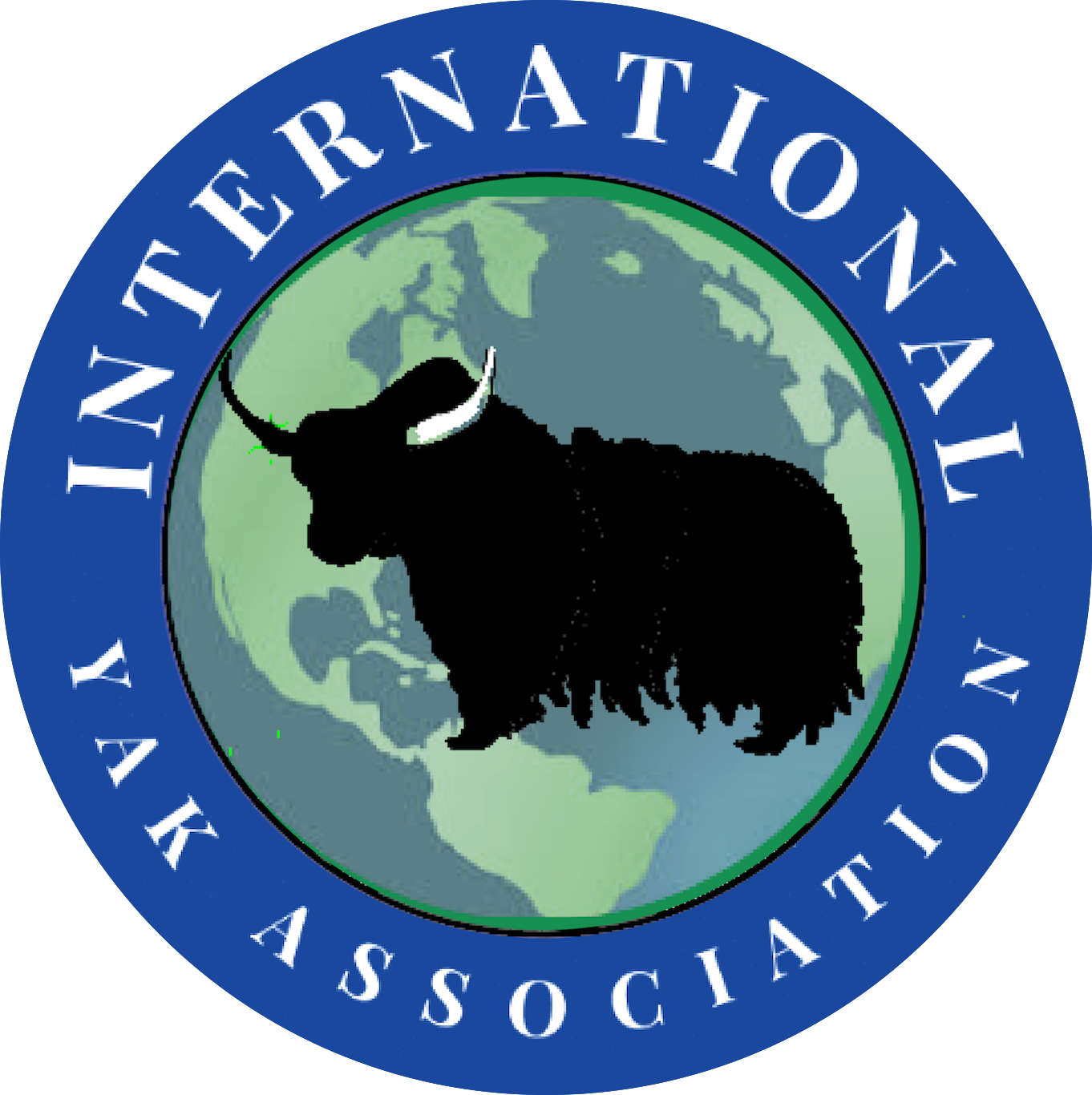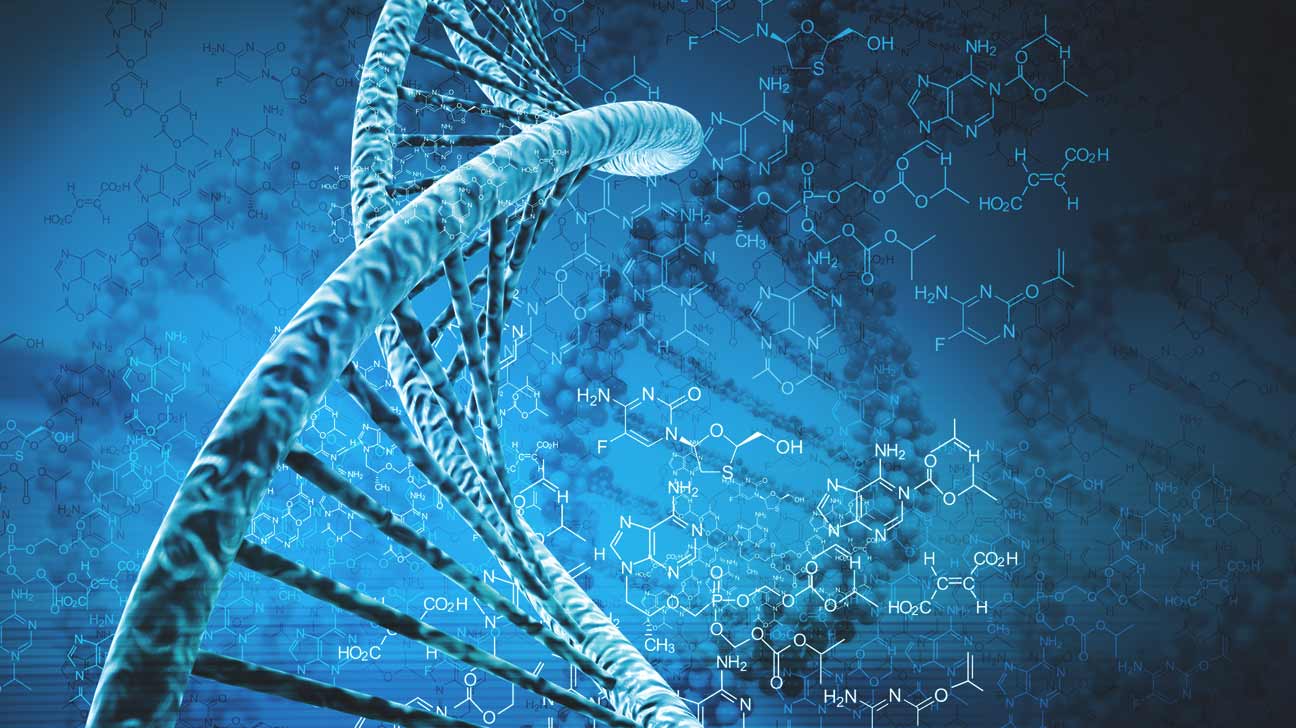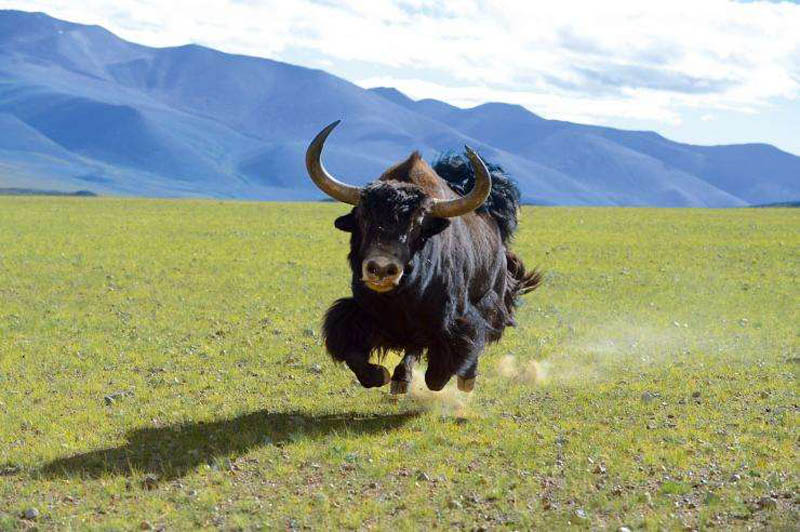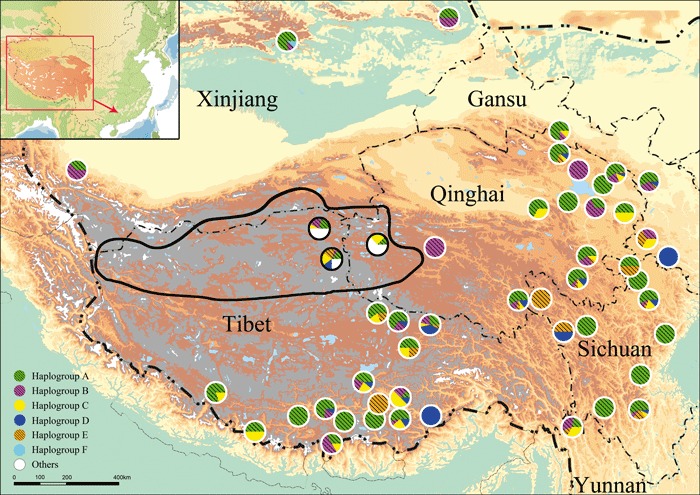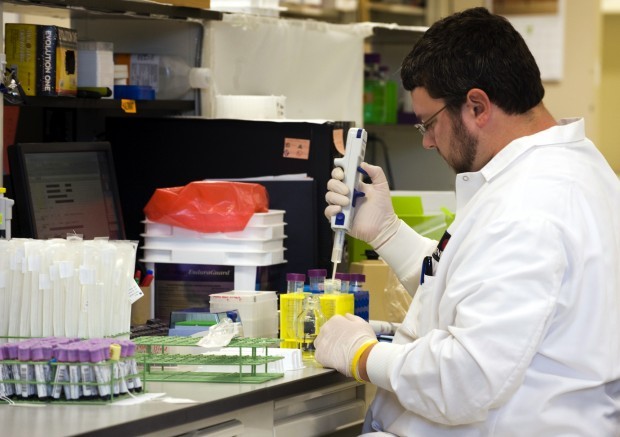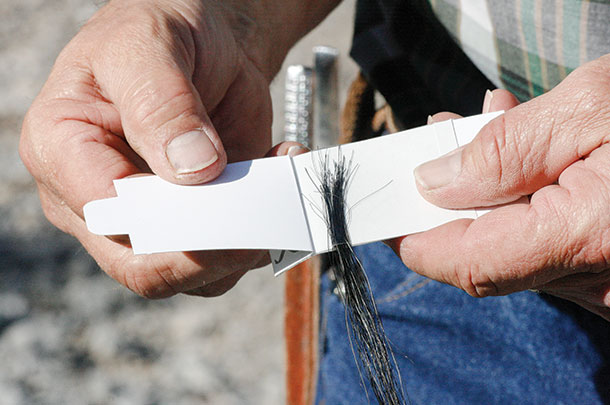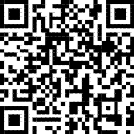IYAK Research Fund
MAKE A DIFFERENCE
The IYAK Research Fund was established to raise important funds that support the efforts of the IYAK Genome and Research Committee. Donations to this fund will not only raise said funds, but also allow the IYAK to exhibit to potential funders that our research projects enjoy the backing of our vested members. Please help further the mission of the Science and Research by donating today.
MAKE A DIFFERENCE
IYAK Growth Fund
Posted on July 18, 2018 at 9:21 pm.
Yak and yak meat prices are not only at historic highs, those prices have been growing for the past eight years. Much of that success is the result of the efforts of the International Yak Association and marketers to introduce yak meat to customers across the country. Our message is catching on!
Building strong markets, and a profitable production environment, is expensive. That’s why we ask you to support the International Yaak Association’s voluntary Growth Fund. We are asking that you consider donating $1 for every animal sold, be it to a processor, a broker or a fellow breeder, which will be used to keep our market strong and growing.
One-half of Growth Fund dollars support the ongoing work of the International Yak Association, and the other half is targeted exclusively to product promotion and producer recruitment programs.
Continued growth and profitability demand that we aggressively promote both our product, and the advantages of our industry. Step up today to build our industry tomorrow!
Please consider donating today!
SCIENTIFIC BREAKTHROUGH
Scientific First: IYAKs Ground Breaking Research on Yak Genome Sequencing
Posted on July 18, 2018 at 9:21 pm.
We are excited to report that the International Yak Association in conjunction with GeneSeek (Neogen) is singlehandedly responsible for the development of exciting and groundbreaking technology and DNA testing proprietary to the International Yak Association (IYAK) and not available anywhere else. It is a scientific first of great importance to breeders, consumers, and academic researchers of yak. Ted Kalbfleisch, CEO, of Intrepid Bioinformatics says the operations that he developed for IYAK, with GeneSeek and Mike Heaton of the USDA is “the only test of it’s kind anywhere in the world.”
There are some fascinating revelations here and several papers will be published by IYAK and research academics in top-tier academic journals, as well as press releases made to media and blog aggregator on these exciting findings. Let me tell you a little about our preliminary results.
In 2014, the Board of Directors of International Yak Association (IYAK) initiated, organized, funded and began this research in conjunction with Dr. Michael Heaton of the USDA, Meat and Animal Research Center (USMARC) Clay Center, Nebraska. Genome Committee members choose 200 IYAK foundation animals selected for their representative genome and ongoing genetic contributions to the current Tibetan Yak in North America. Like much research, the determination of DNA sequences in an individual is relatively slow and very costly. However, in 2018, we have identified 95 SNPs (or genetic markers) in the yak genome. Employed by IYAK, the genetic testing company (GeneSeek in Lincoln, Nebraska is Neogen company) has developed a test that uses these markers and provides tests to yak breeders at a reasonable cost (Read More about participating in Yak Registration and Your Genome Report Here).
FUNCTIONALITY OF DNA AND SNP TESTING
DNA testing has many uses that are important to a breed association, such as parentage verification, degree of cattle introgression, genetic diversity, and inbreeding. It is also possible to identify important health traits, such as whether or not the yak is a carrier of a genetic disorder. However, while other yak associations and researchers may eventually have access to proprietary IYAK tools and become allowed to utilize Dr. Heaton's GeneSeek test for DNA testing analyses, the results only become useful information to ranchers and breeders when compared with the IYAK population as a whole and using the proprietary dataset contributed to and created by the IYAK. For example, we can now tell IYAK members wether or not their yaks are carriers of the Prion gene and wether their offspring are at risk of inheritance of fatal neurodegenerative diseases including "mad cow disease". In time, as our IYAK database grows we will be able to identify many more genetic disorders (See additional testable traits here).
The GeneSeek test is designed to be used in the following ways.
Parentage. This DNA sequencing test, based on Single Nucleotide Polymorphisms (SNPs or “Snips”) from IYAKs 200 foundation animals, is more accurate and reliable than older methods of parental determination. This is ideal for verifying pedigree accuracy, and in identifying parentage in multisire pasture matings..
Cattle Introgression. Worldwide hybridization has taken its tole on the yak genome. The IYAK population is a small, remnant population that arguably represents some of the purest Wild-type yak genetics left on the planet. This test is critical to preserving breed integrity in the IYAK herd. We can detect even small amounts of hybridization with cattle (Bos taurus or Bos indicus). Once the percentage of cattle contribution is 4 alleles or above (1.5%) they are no longer considered pure, foundation yak and are excluded from IYAK’s registrations in the North American Yak Registry (NAYR). We can even tell if the introgression occurred recently (within the last 1500 year) or if it happened long ago in the evolutionary history of the yak. This Genetic Pollution test is also very important because many researchers suggest that cattle hybridization is a dangerous source of cattle related diseases and genetic disorders, such as the Prion gene responsible for "mad cow disease".
We have a very vigorous and healthy yak population, it is critical we maintain that breed purity for the future of the IYAK herd (Read More Here).
Coefficient of Inbreeding (COI): Inbreeding is a concern to all species of breed association because there is a tendency to breed the most desirable animals regardless of their heritage. Like the North American bison population which has steadily recovered from an estimated 700 animals in the mid 1880’s, to an estimated 385,000 bison today, the Tibetan Yak in North America are descended from a small foundation population. A test for genetic diversity was important to discover how much inbreeding had occurred in the North American herd.
Genetic testing has enabled IYAK to quantify the amount of inbreeding in our population. As reported at the 2018 NWSS our data indicates an average COI of 6%. In my analysis, when correcting for the artificial inflation of arrogate data, the COI was calculated as 5.3%. Both of these percentages are at or below all "optimal" breeding standards for both national and international breed associations. Here again we have an exceptional yak herd with an exceptional genome - this is a testament to the careful breeding practices of our founding members, the original yak herders. In North America we are also currently seeing few reported problems related to lack of genetic diversity, such as yaks that are smaller, fail to thrive, infertile, or carry genetic disorders. This should be protected. We all have a responsibility to continue to maintain these rigorous and successful breeding practices, to learn and teach them to new IYAK members, and defend this diversity in our Association's Code of Ethics commitment as well as it's missions statement. Breeders will be told their COI in relation to our growing database and can use this to manage their herds for optimal health.
Trait Identification: Just as with genetic disorders, with genetic testing, we can report desirable traits that are more likely to be heritable, such as coat color. This preliminary data will allow breeders to select specific individuals for breeding to increase targeted fur color. We now know that white yak are the product of inheritance of a gene acquired from various cattle when mated to yak resulting in white hybrid yaks. Similarly undesirable traits that are not dangerous can be "bred out", and deleterious ones can be eliminated from breeding programs, such as cattle Prion gene.
